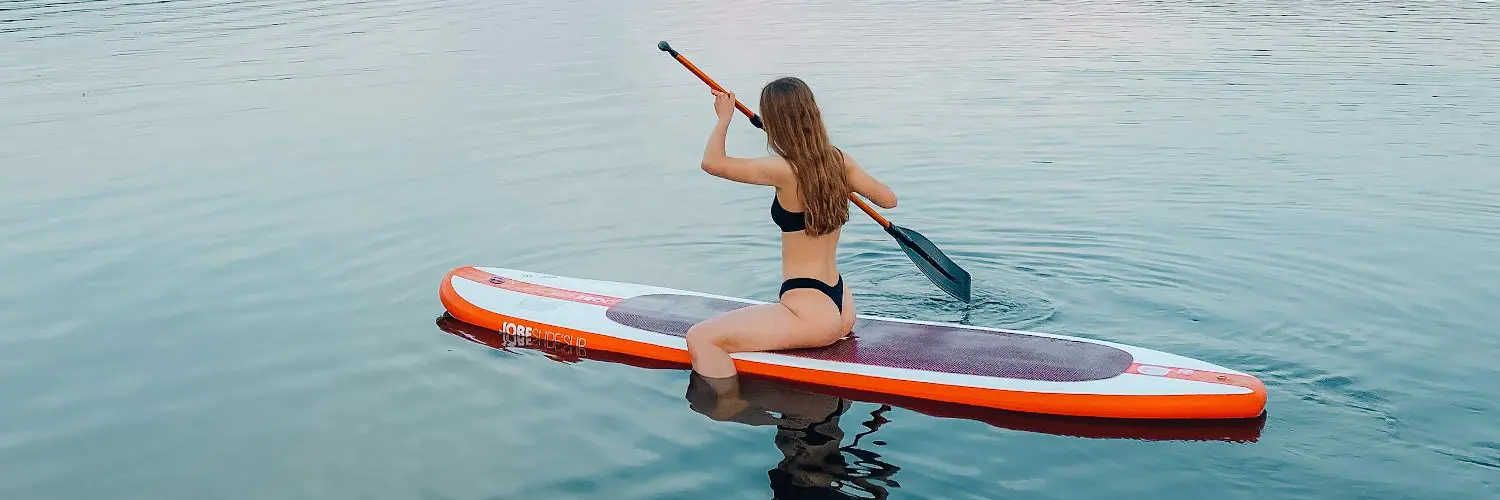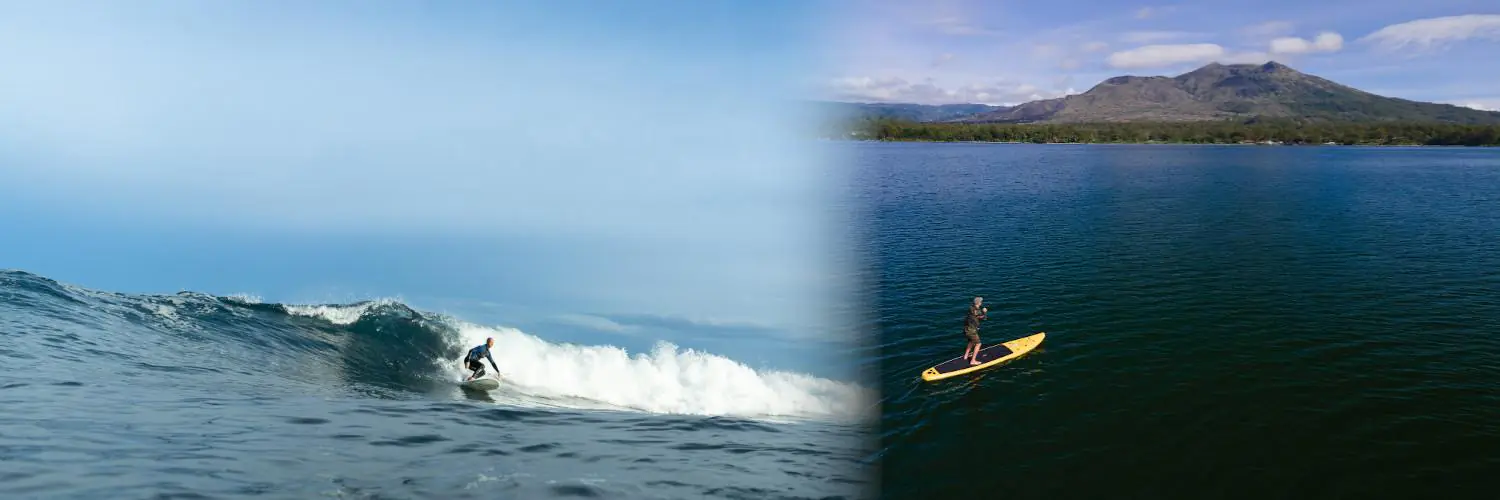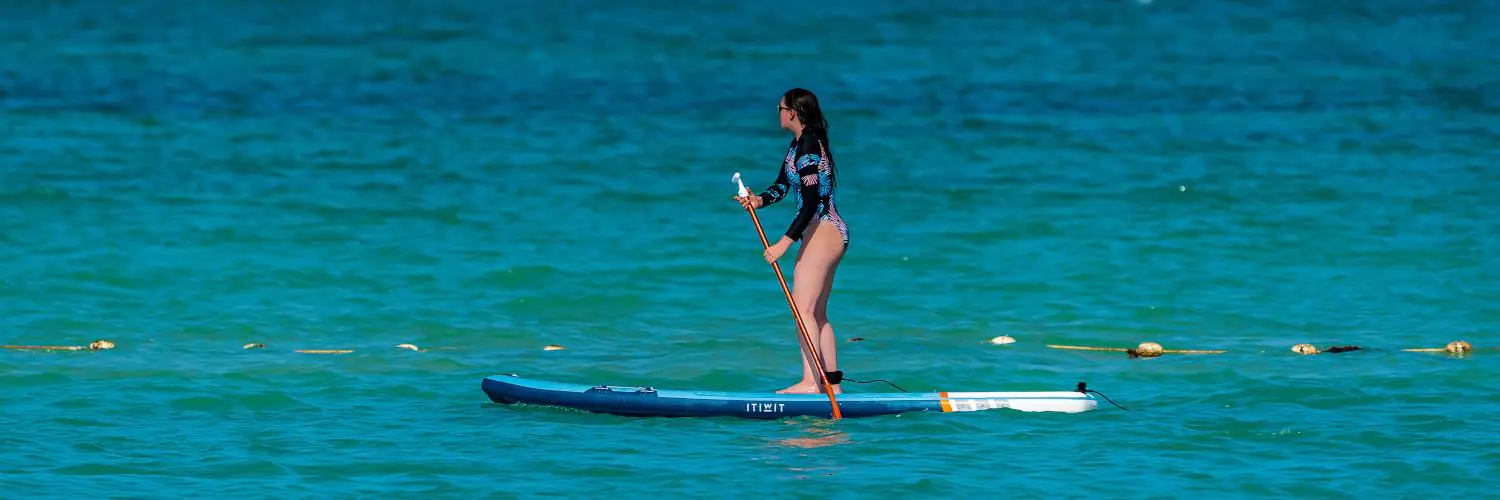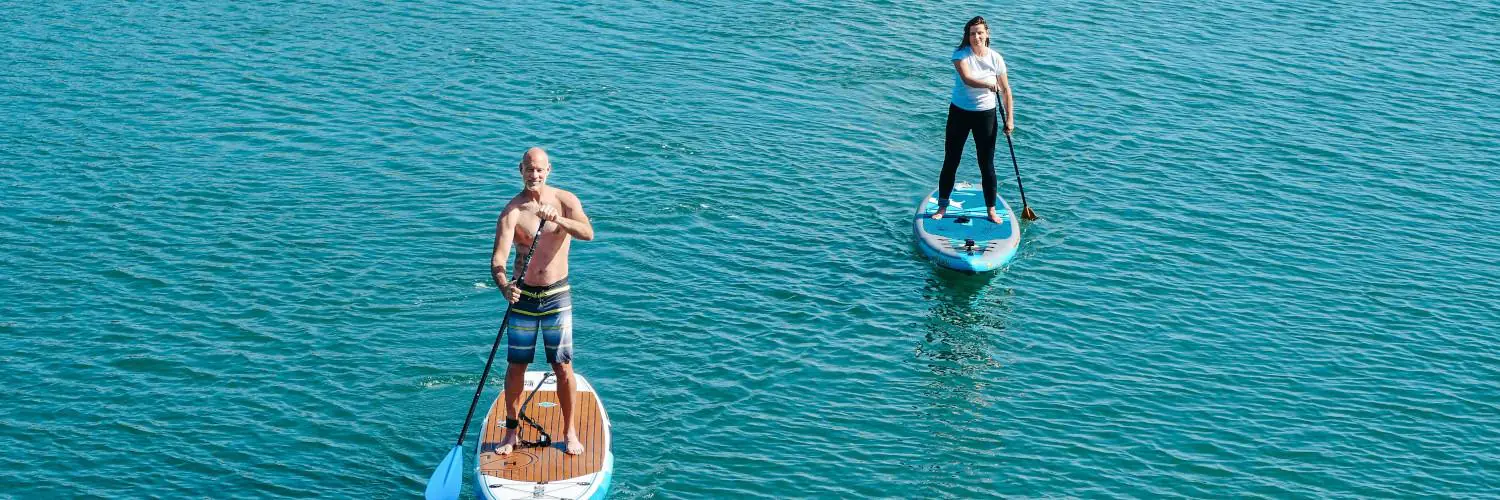Paddle boarding has traditionally been a human-powered activity, but with the advent of motor mounts, enthusiasts can now enjoy longer distances and overcome challenging conditions with ease. These motor mounts are innovative devices designed to attach a motor to a paddle board, transforming it into a motorized vessel capable of greater speed and less physical exertion. An array of motor mounts have been engineered specifically for various paddle board models, ensuring compatibility and performance. Manufacturers pay close attention to the hull design of paddle boards, creating mounts that seamlessly integrate without compromising stability or maneuverability.
The practicality of such a motor mount system is evident for paddle boarders looking to indulge in activities such as fishing, where the ability to maintain position and move effortlessly is invaluable. Companies have crafted options that cater to different needs, ranging from handmade engine plates tailored for certain board types to universal fittings that can adapt to multiple paddle board models. The variety ensures there’s a solution for every paddle boarder, whether they seek a leisurely cruise along calm lake waters or an adventurous pursuit against river currents.
When selecting a motor mount for a paddle board, factors such as the thrust power of the motor, ease of installation, and the overall reliability of the system are critically evaluated. A higher thrust power means more capability to combat wind and current, though it also requires careful consideration of the board’s design to maintain safety and control. The best paddle board motor mounts strike a balance between power and efficiency, providing a boost when needed without overwhelming the board’s natural dynamics. The inclusion of these motor mounts opens up new possibilities for paddle boarders, combining the tranquility of paddling with the thrill of motorization.
Table of Contents
Understanding SUP Motor Mounts
Supplementing the traditional paddleboarding experience with a motor can add convenience and versatility. This section focuses specifically on the integration of motor mounts to enhance the paddleboarding adventure.
Types of Paddle Board Motors
Electric Motor Mounts and motorized conversion kits are the primary types of motors used on SUPs. Electric motor mounts are designed for a seamless fit and are often easy to install. The Scubajet Pro is an exemplary model in this category, serving as an all-in-one kit that can adapt to different setups, including PVC inflatable boats and rigid paddleboards.
Compatibility with Various SUPs
Compatibility is crucial when selecting a SUP motor mount. Inflatable SUPs and hardboards require specific motor mounts to ensure safety and performance. Electric motor mounts are typically universal, fitting a broad range of boards, while some kits are tailored for specific models, giving users a custom fit. The construction material, whether PVC or epoxy, influences mount compatibility too.
Installation of Motor Mounts
The installation process for SUP motor mounts varies by design. Basic steps involve securing the mount to the tail or fin box of the paddleboard and ensuring the motor is properly attached. Some electric motor mounts boast tool-free installation, promoting ease and efficiency. Always refer to the manufacturer’s guidelines to prevent any damage to the inflatable SUP or board.
Electric Motors for Paddleboarding
Electric motors for paddleboarding bring a new level of convenience and versatility to the sport. They offer an effortless glide over the water and are an excellent addition for long-distance excursions or for those looking to rest their arms.
Choosing the Right Electric Motor
When selecting an electric motor for a stand-up paddleboard (SUP), one must consider thrust power, mounting options, and compatibility with their board. Electric trolling motors are a popular choice for their ease of use and reliability. Typically, these motors are rated by pounds of thrust, which generally ranges from 30 to 55 pounds for paddleboarding needs.
- Thrust Power: Choose a motor with adequate thrust to move the SUP efficiently but not overpower it.
- Mounting Options: Ensure the motor’s mounting system is compatible with the SUP board. Some systems require no modification to the board, while others may need a specific mount or bracket.
Compatibility: Check that the motor is designed to work with SUPs, as the requirements differ from other vessels like kayaks or boats.
Battery-Powered Fins and Propellers
Battery-powered fins and propellers offer a hands-free, integrated motor experience that simplifies installation and use. These electric paddle board systems, such as power fins or Electrafin, merge motor technology with the paddleboard’s fin, making them nearly unnoticeable.
- Power Fin: These are designed to replace the standard fin on a SUP and can be controlled remotely.
- Electrafin: Comes with a battery pack mounted on the board and offers a combination of efficient design and performance.
When assessing battery options, look for long-lasting battery packs that provide several hours of usage and are rated for both fresh and saltwater conditions.
Remote Control Features
Remote control features on SUP motors allow paddlers to manage their movement on the water with greater ease and precision. Look for systems bundled with a wireless remote to control speed and direction, providing a user-friendly experience.
- Remote Type: Handheld wireless remotes are common and allow for on-the-fly adjustments.
- Functionality: Make sure the remote offers intuitive controls for speed variations and turning capabilities.
In summary, electric motors can greatly enhance the paddleboarding experience. They offer additional propulsion and flexibility, allowing users to enjoy the water without the need for constant paddling.
Enhancing Paddle Board Performance
Equipping a stand-up paddle board (SUP) with a motor mount can substantially enhance its performance by providing additional speed and powered assistance. When considering the integration of a motor mount, it is essential to evaluate factors that affect speed, the interplay of weight and stability, and the impact on maneuvering and tracking abilities.
Factors Influencing Speed
The thrust generated by the motor and the weight capacity of the paddle board are crucial elements that determine the attainable speeds. A higher thrust motor can offer more power to propel the paddle board, potentially overcoming strong winds and currents. However, the speed gain should align with the manufacturer’s specifications for safe operation.
- Motor Thrust: An appropriate thrust level ensures efficient movement through the water without overwhelming the SUP’s design.
- Weight Capacity: Adherence to the SUP’s weight limit is fundamental to maintaining optimal performance without compromising speed.
Weight and Stability Considerations
The addition of a motor mount adds weight to a paddle board. A lightweight and compact motor is preferred for easier transportation and minimal disruption to the board’s intrinsic stability. Balance is key — too much weight at the rear can affect the SUP’s buoyancy and handling.
- Motor Weight: Select a motor that complements the SUP’s build, preventing overburden and stability issues.
- Stability Impact: Assess the influence of motor placement on the SUP’s stability to ensure a safe and enjoyable experience.
Maneuvering and Tracking
Motor mounts can affect how the paddle board maneuvers and maintains a straight course — referred to as its tracking capability. The paddler’s skill level and the intended use, such as fishing or touring, dictate the suitable motor characteristics.
- Maneuverability: The motor should aid rather than impede the SUP’s responsiveness to directional changes.
- Tracking: A well-adjusted motor mount can enhance the paddle board’s ability to maintain a steady and predictable path.
Motorized Paddle Board Accessories
Adding a motor to your paddle board enhances both its performance and the overall experience. This integration requires specific gear to ensure safety, functionality, and longevity.
Essential Gear for Motorized SUP
When outfitting a stand-up paddle (SUP) board with a motor, enthusiasts must consider various accessories to complement and protect their investment. Below is a list emphasizing the most critical components:
- Paddle Board Motor: The centerpiece of motorized accessories is, of course, the motor itself. Options range in thrust and battery requirements, commonly at 12v or 24v.
- Battery Life: Motor operators must understand their battery’s capacity, often provided in amp-hours (Ah), which dictates the duration of operation between charges.
- Charging Time: A crucial factor for those planning lengthy trips. Knowing how long it takes to charge the battery ensures the motor is ready when needed.
- Emergency Stop Leash: For safety, a leash that triggers an emergency stop if the rider falls off is indispensable.
- Personal Flotation Device (PFD): While motorizing a paddle board can ease the physical strain, a PFD remains a non-negotiable safety accessory for all water activities.
- Battery and Motor Mount: A secure mount system is necessary to accommodate the motor and battery, ensuring they stay in place even in choppy waters.
- List of Alternative Components: A list of compatible spares, including propellers and gear replacements, is essential for maintenance and ensures the motor operates smoothly on every excursion.
Practical Considerations and Safety
When adding a motor mount to a stand-up paddleboard (SUP), riders must consider both practicality and safety. Battery management is crucial for extended enjoyment on the water, and specific safety gear and precautions are non-negotiable for rider protection.
Riding Time and Battery Charging
The Bixpy Jet is a popular motor choice for paddleboard enthusiasts seeking an eco-friendly boost. When using an electric SUP motor such as this, riders should be aware that:
- Ride Time: Ride time can be significantly extended with a motor mount, reducing physical exertion and enabling longer fishing trips or exploration.
- Battery Charging: It is paramount to ensure batteries are fully charged before departure to avoid being stranded in potentially deep waters.
It’s crucial to account for charge times and actual ride duration, which may vary based on the motor’s power usage and the board’s weight capacity.
Safety Equipment and Precautions
Paddleboarding, by nature, requires safety measures. With the introduction
Advanced Topics in Motorized Paddle Boards
With progress in electric motor design and technologies specific for paddle boards, enthusiasts can now enjoy more power and convenience on the water. These advancements have culminated in improved engine power and battery efficiency, fostering the development of engineered solutions like brushless motors and wireless control systems.
Electric Motor Engineering
Paddle board motors are evolving with a focus on engine power and efficiency. Motorized paddle boards often use brushless motors due to their reliability and high performance. These motors provide a smooth operation and maintain efficiency across various speeds, which is crucial for paddle boarders who require consistent thrust.
Battery-powered fins have also become a pivotal engineering feat in the world of motorized paddle boarding. These devices, which can be attached to the fin box of a standard paddle board, offer a lighter alternative to full motor systems, making them ideal for inflatable paddle boards.
Innovations in Paddle Board Motors
Recent innovations have introduced a range of conversion kits, allowing paddle boarders to transform their manual boards into motorized versions. These kits include attaching a motor for paddle board purposes, which is typically a small, electric motor unit.
- Scubajet is one notable example, which offers a compact and efficient motor that can be attached to various watercraft types, including paddle boards.
- Users can control these motors with a wireless remote control, enhancing the experience with the ability for instantaneous speed adjustments.
Manufacturers now strive to integrate power with portability, resulting in motorized solutions that do not compromise the traditional paddle board’s agility and ease of use.








